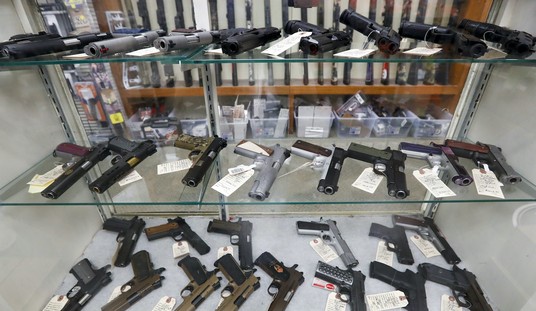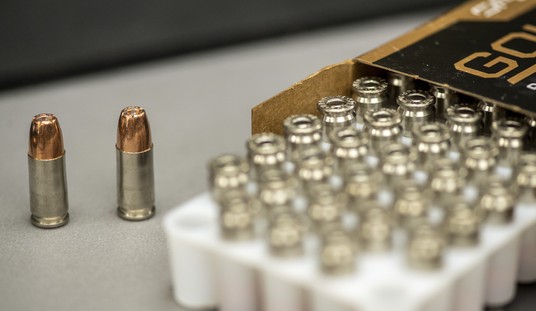A week after a front-page editorial in the New York Post demanded a ban on the most commonly sold rifle in the United States, the editorial board of USA Today is following suit by making its own case for a ban. The editors claim that despite the many reasons why banning semi-automatic long guns wouldn’t stop the types of active assailant attacks we’ve recently seen in El Paso and Dayton the nation should still move forward with outlawing the guns.
The arguments against reinstating a federal ban on assault-style rifles are familiar: Handguns account for the vast majority of firearm deaths; the 1994-2004 ban didn’t work; and there are already too many such rifles on the streets for a new restriction to make any difference.
But the fact that handguns are linked with far more killings is no reason to allow a military-style weapon that makes killing far more efficient and, for the hate-filled, more seductive. A fair reading of research into the 1994 ban shows the law lapsed too soon to conclusively assess its effectiveness. That law might have relied too heavily on defining assault rifles based on attachments and features that gun-makers easily overcame with modifications to render them legal. A better standard might be prohibition based on high muzzle velocity, with exceptions for large hunting rifles that are bolt-action.
And arguing that there are already too many assault-style rifles in circulation to ban new sales ignores the reality that many of the most recent mass killers were young men who acquired their guns through new purchases. A voluntary buy-back program could reduce the nation’s armory of existing assault-style rifles.
Let’s deal with each of these arguments separately. First, the paper notes that handguns are used in far more crimes, but apparently, we need to ban rifles that are rarely used in crimes because they believe they are more effective murder weapons than handguns and are “more seductive” to mass murderers. Based on contagion theory, one reason why we might see these types of active assailants use semi-automatic rifles is because of the media’s fixation on them. Banning a firearm based on its effectiveness is a strange argument as well. Should we limit the sale of guns to those that are unsafe and ineffective in the hope that would-be killers will be stopped, regardless of the consequences for the millions of Americans who lawfully own these firearms, not to engage in mass murder, but effectively defend their property and their lives, to hunt, to train, and engage in other lawful activities?
As for the 1994 ban, it was on the books for ten years, and the rise in school shootings actually began while the gun ban was in place. Again, these types of firearms were rarely used in crimes before the ban, rarely used in crimes during the ban, and rarely used in crimes after the ban.
USA Today also wants a new definition of an “assault weapon,” one based on muzzle velocity instead of a feature-based ban. The paper would make exceptions for bolt-action hunting rifles, although I suspect that in practice that exemption wouldn’t last long. After all, a bolt-action rifle was one of the primary weapons used in the 1966 shootings at UT-Austin that killed 13 people and injured 31 others.
The paper’s final argument in favor of a ban is a simple one: if you can’t buy these guns, then killers will be less likely to use them. Coupled with a voluntary “buyback,” the millions of semi-automatic rifles currently in the hands of legal gun owners might be reduced, making it even more difficult for would-be mass murderers to get their hands on them.
If that’s the argument, we’re gonna have to ban 3D printers and milling machines as well as future sales of semi-automatic rifles. There’s also no real evidence that a voluntary compensated confiscation plan would lead to any real reduction in the tens of millions of semi-automatic firearms in private hands. Even if it did, these killers would simply turn to handguns as their weapon of choice.
Ultimately, the paper’s argument in favor of a ban can be distilled into one statement: “We should ban these guns because we don’t like them.” That’s an opinion, but it’s an incredibly weak argument that is rebutted by both the Constitution and common sense. The truth is we can’t ban our way to safety. It’s a seductive and appealing thought that if we just pass enough laws, these types of horrific attacks will stop, but ultimately that thinking takes us down the wrong path. We need to focus on finding the small number of individuals with the intent to commit mass murder, not criminalize the purchase of the most popular rifle in the country. Attempts at the large-scale prohibition of items that are commonly owned by a large number of Americans will be ineffective at best, and there’s simply no getting around that fact, no matter how much the editorial board of USA Today wants to pretend otherwise.









Join the conversation as a VIP Member